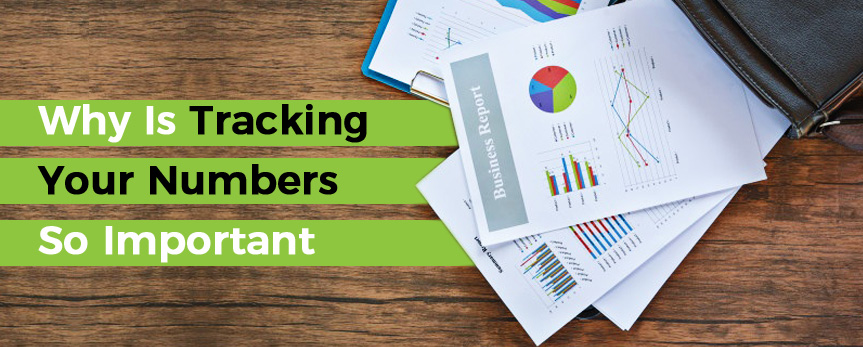Warning: Very Businessy. Instructions: Read in the morning.
If there is a lack of reporting systems in a business – no matter how small – there is a noticeable tendency of those who run it to put more effort into actions that do not deliver measurable results than into measures that offer traceable return on investment. In other words, we’re often wasting energy in an area of the business that is not giving us the desired (or even imagined) return.
If you think that might be so for you, turning it around can give you some significant time savings – not to mention meaningfully better results because of a redirected focus.

If we do not hold ourselves accountable – depending on our preferences, moods, level of overwhelm, resistance, or who knows what – we might spend a lot of time on writing our newsletters or posting updates on Facebook or fine-tuning our website or being particular about the wording (I’m guilty of all the above). Often with a well-engineered sense of instant gratification will appear. Thinking to self: “I just let 2780 people know there’s a sale going on” whereby the reality is that less that 8% will see the post at all and the number of readers and action takers becomes infinitesimally small.

Easy to get caught up in, if we do not look at the conversion rates of such activities. Conversion can mean of course anything from actual revenue generation to adding people to a list of potential future clients or being picked up by a number of bloggers; but at the end of the day it means how are our actions translate into making our revenue stream and our profit grow (or our purpose thrive).
But let’s take a step back. To find out where we should actually spend our precious time we must look at our business from a revenue/profitability perpective. If you have different revenue streams, for example wholesale, retail, online, special events, groups, individual customers etc. etc. I highly recommend looking at each income stream’s profitability individually. If you have a single revenue stream (I would recommend to diversify) you can look at the different target markets or product groups our however you segment your business.
Larger companies call these revenue streams profit-centers. Sometimes a “profit-center” will be tolerated even if it does not generate profit because it is a necessary amenity for the overall function of the business. An example here is often the golf course, restaurant or spa at a resort. None of those three profit centers usually generate nearly the profit the renting of rooms brings in, yet without them, nobody would come…

But for a smaller business with limited resources, tolerating anything that does not drive revenue is a luxury we most often cannot afford. And just to mention it – often the amount of revenue can distract from the actual profitability, so it really makes sense to really break it out. Some businesses run a high-revenue stream with virtually no profit (“takes all the credit”) while some much smaller aspect of the business, that requires virtually no work and has a high mark-up to boot as it carries the business (does all the work”).
If you are not already breaking down your revenue by where it comes from or how it’s generated, you might want to. Not only will this give you a good sense of direction but it will also show you where you might be loosing money. Typically it will be quite obvious to you (if not give me a call).
An added benefit is that you can better pinpoint the source of a problem (or a boon) if you have a more detailed breakdown (and keep it updated). This could be related to any individual cost position or a flux in revenue. And you’ll know it immediately with a glance at a key figure.
The next step is to honestly associate every cost you have with a particular revenue stream. If it’s truly a cost that can be associated with multiple revenue streams you can allocate it based on the percentage that stream generates for your business or however you deem most truthful. Enter all the data month to month (or better yet – go back half a year if you want immediate results).
The simple math will show you how profitable each area of your business actually is. And yes, the mark up will play a significant role. If you’re doing the right thing on the wholesale front and it is generating 80% of your business, while your online business is generating 20% – but you’re putting all your time into curating your online presence and tweaking your site (and paying someone $50 and hour to do it) – imagine what would happen if you would reverse that.

Not only do you already know what you’re doing “right” in the wholesale arena (if not – just do more of the same) – you also probably haven’t found the right online formula.
At this point we’re not even looking at the effectiveness of an individual marketing measure – for example: “Is that prize I donated for $200 really going to get me $4000 worth of business.” I’ll talk about that next time…
If we’re not already working together and you would like to get another perspective on your business (or future business) – give me a call. After all the effort of writing this should show – right?

ABOUT THE AUTHOR
Nicolay H. Kreidler is an entrepreneur and strategic consultant in the health and wellness space who focuses on turning around distressed businesses and re-positioning them for success.

